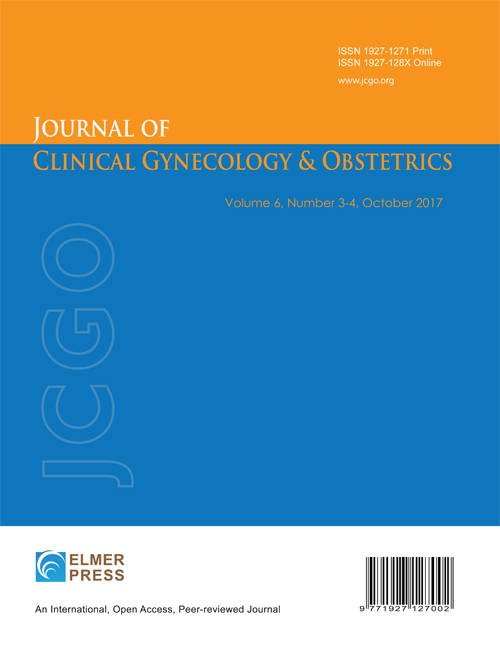A Parity-Based Analysis of Women of Advanced Maternal Age and Delivery
DOI:
https://doi.org/10.14740/jcgo1515Keywords:
Advanced maternal age, Labor and delivery, Duration of labor, Mode of delivery, ParityAbstract
Background: An increasing number of older mothers are a worldwide concern in obstetrical practice. First labor and delivery is quite different from the second one onward. Therefore, this study aimed to examine the differences in labor and delivery features between nulliparous and multiparous women of advanced maternal age (AMA) and their younger counterparts.
Methods: Women who delivered at our clinic between January 2004 and December 2022 were enrolled. The inclusion criteria were term (≥ 37 weeks), cephalic presentation, and singleton. We excluded women with fetal demise before labor onset, those with uncontrolled medical diseases such as hypertension, hyperthyroidism, diabetes mellitus, and those with scarred uteri. Nulliparous and multiparous women aged ≥ 35 years at delivery were regarded as having AMA, and were compared with women in their twenties as younger counterparts.
Results: In this study, 514 nulliparous and 1,116 multiparous women of AMA, and their younger counterparts (1,432 nulliparous and 845 multiparous women) were enrolled. Of the nulliparous women of AMA, pregnancy by assisted reproductive technology (ART) (13.4% vs. 0.8%, P < 0.001), labor induction (27.2% vs. 12.8%, P < 0.001), prolonged second stage of labor (27.7% vs. 14.8%, P < 0.001), cesarean section (7.2% vs. 1.1%, P < 0.001), and vacuum extraction (16.0% vs. 9.4%, P < 0.001) were significantly more frequent compared to their younger counterparts. Similarly, multiparous women of AMA showed a higher frequency or pregnancies by ART (5.7% vs. 0.1%, P < 0.001), labor induction (19.2% vs. 12.5%, P < 0.001), prolonged second stage of labor (5.2% vs. 2.1%, P < 0.001), and vacuum extraction (4.3% vs. 1.5%, P < 0.001) compared to their younger counterparts. However, cesarean section rates (0.2% vs. 0.0%, P = 0.22) were similar.
Conclusions: Pregnant women of AMA had different clinical risks due to parity. However, a vast majority had successful vaginal deliveries.

Published
Issue
Section
License
Copyright (c) 2025 The authors

This work is licensed under a Creative Commons Attribution-NonCommercial 4.0 International License.







